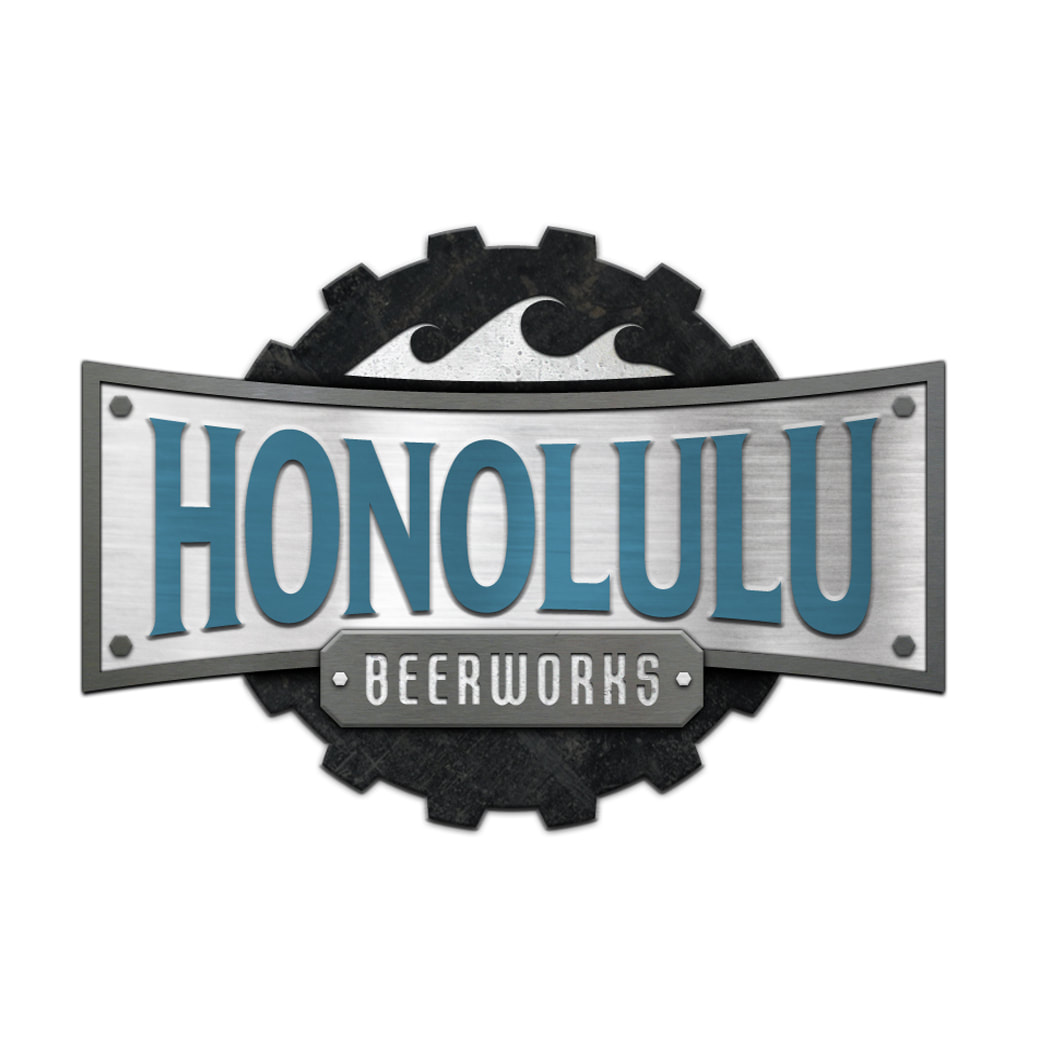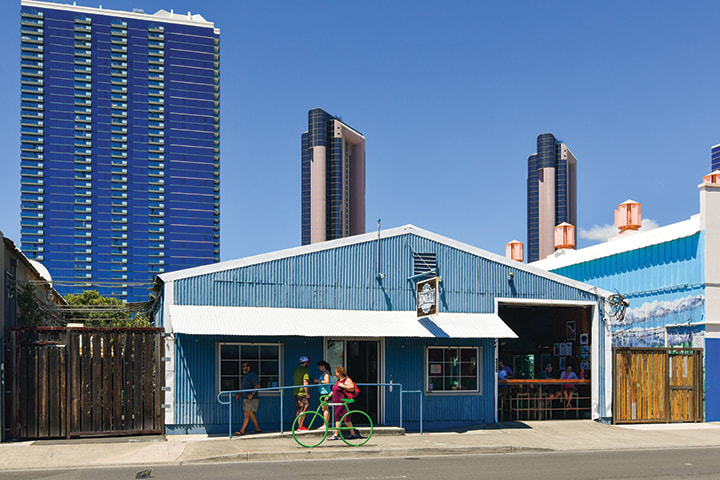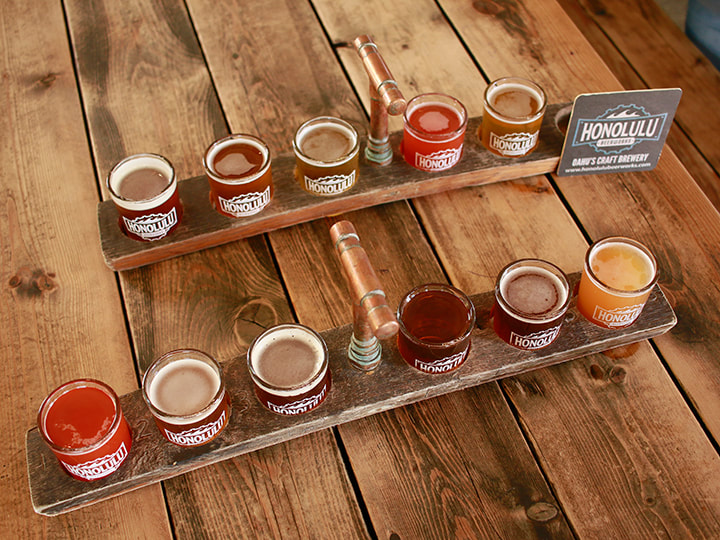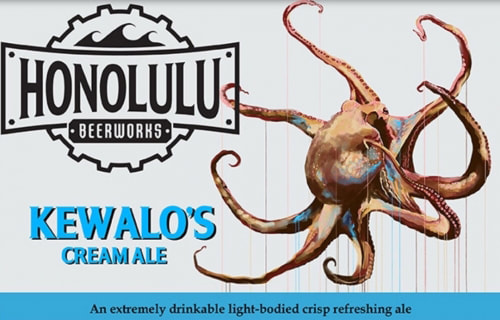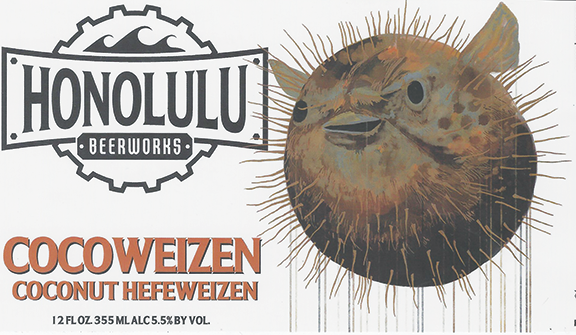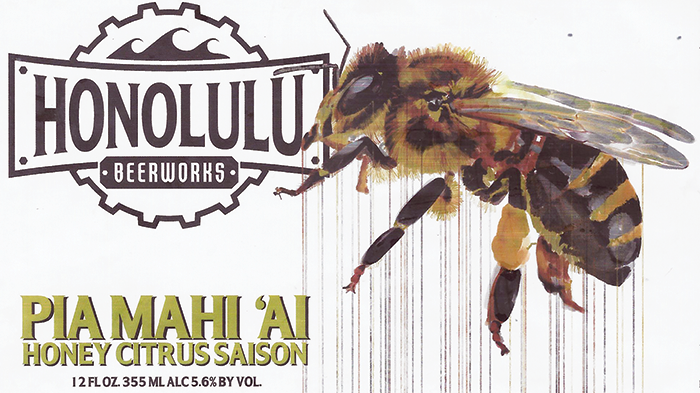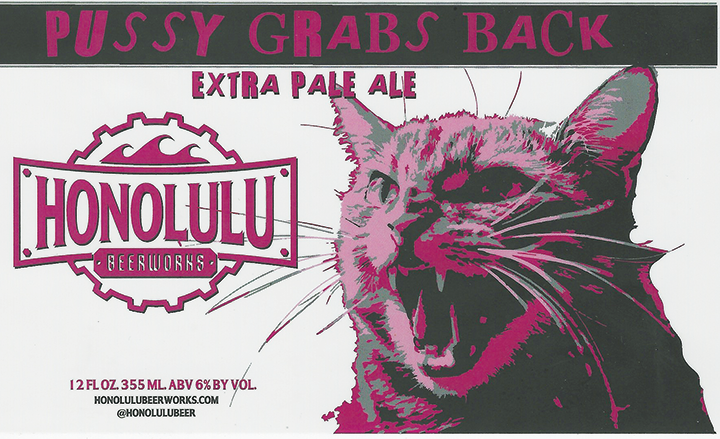|
Address
328 Cooke St. Honolulu, HI 96813 Hours of Operation MON - THU 11a - 10p FRI - SAT 11a - 12a / SUN closed Phone Number (808) 589-2337 http://www.honolulubeerworks.com/ |
Honolulu Beerworks’ founder and master brewer, Geoff Steidman, has been a certified auto mechanic, has worked in construction and has cooked at high-end establishments, like the Halekulani Hotel, upon graduating from Kapiolani Community College’s Culinary School. This unique combination of skills provided Geoff with the ability to build out a brewery, create recipes for beer, and fix broken machinery on an island with few spare parts. We had the opportunity to talk to Geoff to learn more about his brewery.

